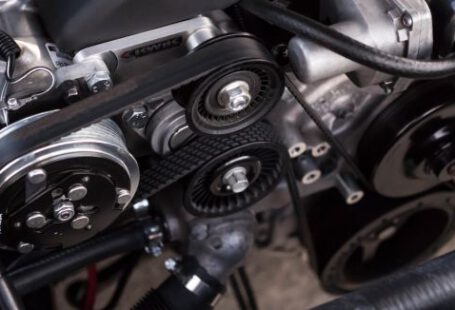Space exploration is a remarkable feat of human ingenuity, pushing the boundaries of what we know and expanding our understanding of the universe. However, the extreme temperatures in space present a significant challenge for astronauts. The harsh environment can subject them to both scorching heat and bone-chilling cold. In this article, we will explore the measures taken to protect astronauts from these extreme temperatures.
Understanding the Heat Dynamics in Space
Space is a vacuum, devoid of air and any means of heat transfer through convection. This means that there is no medium to carry heat away from the body, making it difficult for astronauts to regulate their body temperature. Additionally, the absence of an atmosphere means that there is no protection from the sun’s radiation, resulting in extreme heat. On the other hand, when in shadow or deep space, temperatures can drop to freezing levels.
Insulating Astronauts from Extreme Heat
To protect astronauts from extreme heat, their spacesuits are equipped with advanced insulation materials. These materials have low thermal conductivity, which means they limit the transfer of heat. The suits also have multiple layers, with each layer serving a specific purpose. The outermost layer is usually made of a reflective material, such as Mylar, which reflects sunlight and prevents excessive heat absorption. Underneath the reflective layer, there is often a layer of insulating foam, which provides additional thermal protection.
Regulating Body Temperature in Space
In addition to insulation, astronauts have cooling systems built into their spacesuits to regulate their body temperature. These systems use a combination of cooling water and tubes running through the suit to remove excess heat. The water is circulated through the tubes, absorbing heat from the body and carrying it away. This process helps maintain a comfortable temperature for astronauts, even in the face of extreme heat.
Protection from Extreme Cold
While extreme heat poses a significant challenge, extreme cold is equally dangerous in space. To combat this, spacesuits are designed with heating elements that provide warmth to the astronaut. These heating elements are strategically placed to cover areas of the body that are most susceptible to cold, such as the hands and feet. By maintaining a stable and comfortable temperature, these heating elements ensure that astronauts can function effectively even in freezing conditions.
Thermal Control Systems
Spacecraft themselves are also equipped with thermal control systems to protect astronauts from extreme temperatures. These systems regulate the internal temperature of the spacecraft, preventing it from becoming too hot or too cold. They use a combination of insulation, reflective surfaces, and active cooling or heating techniques to maintain a comfortable environment for the crew. This is crucial for long-duration space missions, where astronauts may spend months or even years in the spacecraft.
Conclusion: Ensuring Astronaut Safety in Extreme Environments
Space exploration is a remarkable endeavor that pushes the boundaries of human knowledge. However, the extreme temperatures in space pose a significant challenge for astronauts. Through advanced insulation materials, cooling systems, and heating elements, astronauts are protected from the scorching heat and bone-chilling cold they encounter. Additionally, thermal control systems in spacecraft play a crucial role in maintaining a comfortable environment for the crew. These measures are essential to ensure the safety and well-being of astronauts as they venture into the unknown reaches of space.





